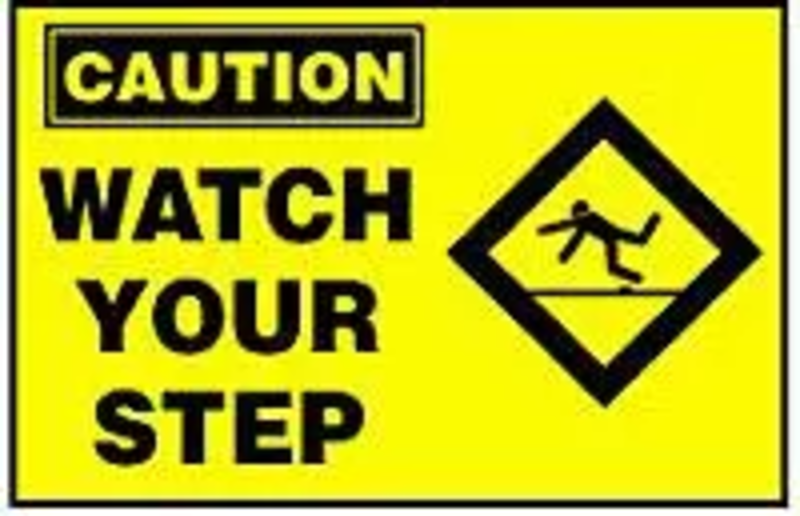The Importance of Ergonomics

June is National Safety Month and there are many things we can do as employers and employees.
In the workplace Ergonomics is an important key to safety. This month is a good time to identify and abate musculoskeletal disorders (MSDs.) These include strains, sprains and tears, inflammation, pinched nerves and spinal disc problems. Here are some things we should all know about ergonomic programs and practices:
1. Visit the OSHA web page. There are grants to train workers about hazards and hazard abatement; training courses through the OSHA Training Institute, booklets on ergonomic programs, especially for computer workstations, and videotapes on general industry situations.
2. Ergonomics Best Practices Conferences: Designed to provide examples of practical and inexpensive programs; Intervention lectures.
3. Enforcement: Employers are required to provide working conditions that are free from known hazards that can cause an employer physical harm. Employers are keen to follow this policy not only to avoid fines, but because it is in their best interest to keep their staff on the job.
4. Corporate-Wide Settlement Agreements: Where companies have been cited for musculoskeletal disorder violations, they have agreed to enter into a settlement whereby they would agree to follow Meatpacking Guidelines that OSHA has set up.
While every industry must deal with ergonomic problems, the meatpacking industry has had the most incidents and severity of injuries. So the guidelines set up by OHSA for this industry has worked well for all of the other industries. Here again there are four main elements to these guidelines.
1. Worksite Analysis: Identifying existing hazards, operations that create them and determining what other hazards may develop in the workplace. This involves first reviewing injury and illness reports and determining causes; identifying workers’ posture, repetition, vibrations and other factors; determine low risk methods for the same or similar operations; use the results to modify current conditions.
2. Hazard Prevention and Control. It is very important that the area where people work accommodates them rather than the worker try to accommodate the workplace. A worker should be protected against repetitive motion, awkward posture and excessive force. Tools should be designed and provided that minimize muscle contraction, vibrations and difficult gripping. Employees must be taught proper working techniques. Tools must be sharpened at regular intervals, pneumatic and power tools require good instruction when using them and proper maintenance when required.
3. Medical Management. These are a set of guidelines to identify, evaluate and treat the signs and symptoms of cumulative trauma disorders before they become serious injuries. A physician or occupational nurse should be on duty for all employer shifts. A company’s health care provider should work with the company’s ergonomics team to help evaluate working conditions and update procedures on an ongoing basis. Lists of recurring symptoms should be kept and analyzed to help determine causes and proper responses.
4. Training and Education. Employees should be trained at their job well. There should be an initial training and familiarity of their job before actually performing their duties. Training must be ongoing with new and better techniques constantly introduced. When equipment is altered or new equipment added, that is especially a time for additional training.
Have a Safe Month of June . . . and keep it going all year round.